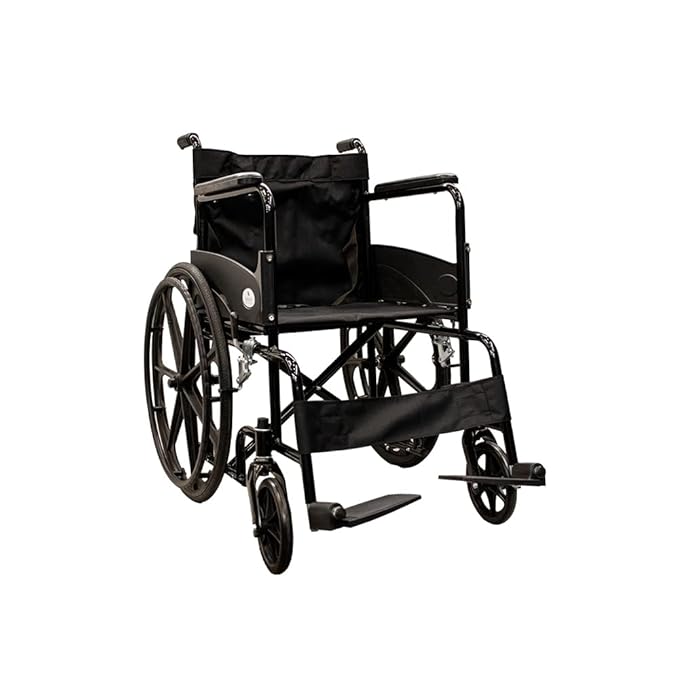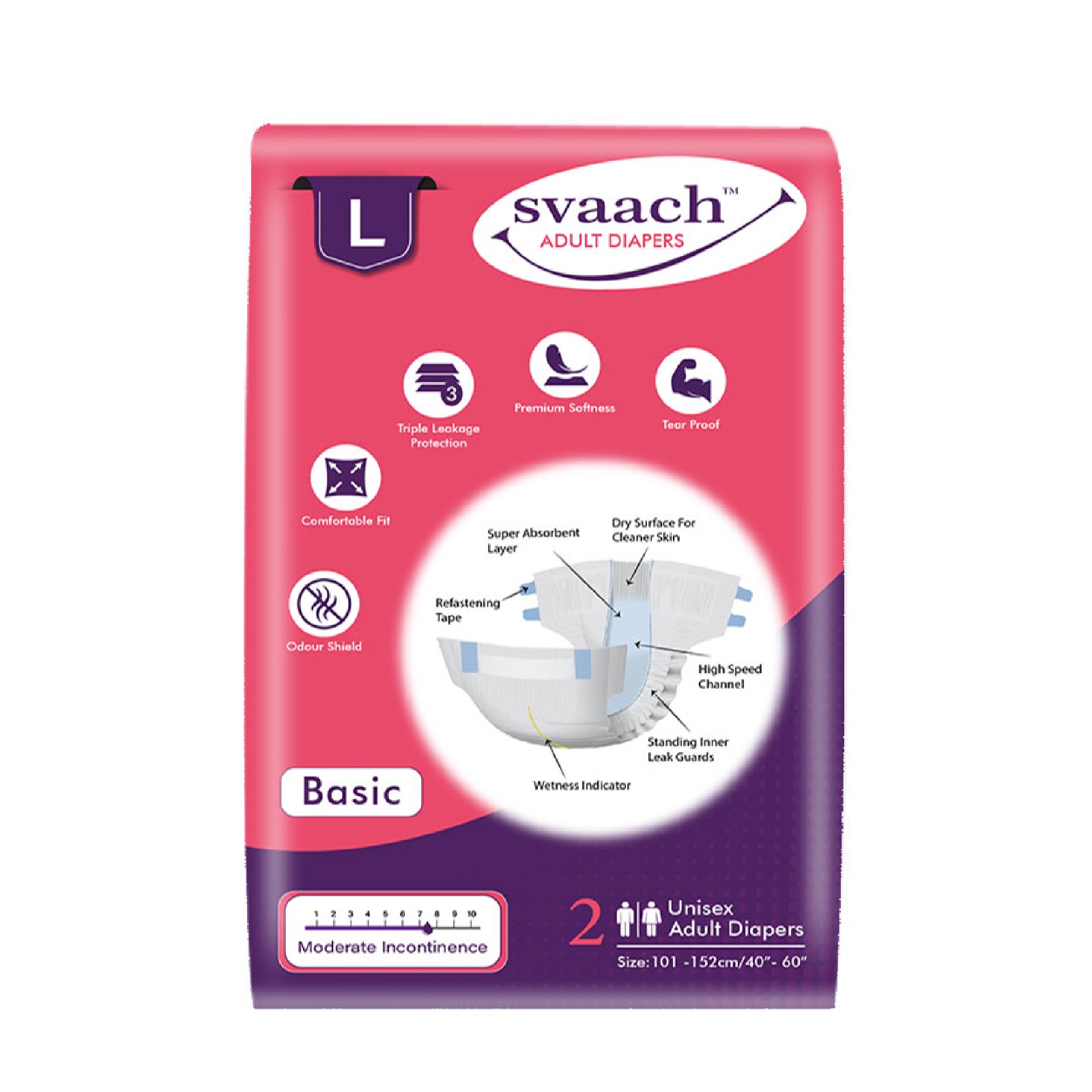Introduction
Are you blaming chapati for your struggle to lose weight?
Despite exercising regularly, many people have long considered carbohydrate-rich foods like chapati to be the culprit behind their weight loss challenges.
However, it’s important to understand that chapati is not responsible for weight gain. Contrary to the misconception that chapatis are a major cause of weight gain, they can be a good source of fiber when consumed in moderation alongside other nutritious foods. The fiber in chapati helps promote a feeling of fullness.
Making small changes to your lifestyle and eating habits can work wonders without completely giving up on your staple food like chapatis. Adding wheat bran or other healthy grains like jowar, bajra, oats, or besan to your wheat flour can enhance its nutritional value and make it healthier.
A diet that includes chapati for weight loss is a balanced and nutritious way of eating that helps you shed pounds without resorting to a restrictive diet. This diet is rich in fiber, vitamins, minerals, and antioxidants, which can help you feel satisfied for longer, reduce cravings, and boost your metabolism.
This article aims to provide a comprehensive explanation of the calorie content of chapati and how you can leverage this information to achieve quick weight loss results. Also, a well-organized, scientifically based Weight Loss Program can be helpful.
Now, let’s delve deeper into what exactly an Indian chapati is.
What is an Indian chapati?
An Indian chapati, or flatbread, is integral to Indian cuisine. Although it is also made in countries like Pakistan, Nepal, and some other Asian nations, it is particularly popular in India. Chapati is one of the most beloved Indian flatbreads.
Traditionally, chapati is made from wheat flour, water, and salt to create a soft dough. The dough is then rolled out thinly and cooked on a grill or steamed until it becomes flaky and crispy. It is often enjoyed as a breakfast food and served with curries, dal, vegetables, and pickles.
Variations of chapati may include adding small amounts of oil or ghee (clarified butter), milk, or spices to enhance flavour and moisture in the wheat flour dough.
Some people opt to change the grain used to make chapati more nutritious. This change in grain can be helpful when preparing chapati for weight loss.
Let’s take a look at the nutritional value of chapati.
What is the nutritional value of chapati?
According to the USDA, here is the nutritional breakdown of one chapati (27g):
- 81 calories
- 2.5g total fat
- 80mg sodium
- 53mg potassium
- 0mg cholesterol
- 12g total carbohydrates
- 2.1g protein
- 2.6g fiber
Typically, dry chapatis without ghee or oil do not contain high levels of fat or cholesterol. They are also high in fiber and contain vitamins such as B1, B3, B5, B6, B9, and E and minerals like iron and magnesium.
It’s worth noting that the nutritional content of a chapati can vary based on the type of flour used and the cooking method. Thicker chapatis made with ghee or oil will have a slightly different nutritional profile than those cooked without or prepared in an oven or over a fire.
Therefore, avoid adding ghee or oil if you follow a diet that includes chapati for weight loss.
How many chapatis should you eat in a day to lose weight?
A small chapati contains approximately 81 calories. So, if your target calorie intake for lunch is 300 calories, you can have two chapatis, which will account for around 160 calories. The remaining calories can come from vegetables and salad alongside the chapatis.
It’s important to remember that chapatis and even the vegetables and fruits you consume contain some carbohydrates. In other words, the number of wheat rotis you can eat each day depends on your overall calorie consumption. For weight loss, consuming four chapatis per day is generally recommended.
Suppose you are practising intermittent fasting and plan to have three chapatis during lunch; consider the calorie intake by calculating the calories in the chapatis and the vegetables and salad. If the total calorie intake exceeds 350 calories, you may need to reconsider the number of chapatis you consume.
Which roti is best for weight loss?
While a wide variety of rotis is enjoyed in India, made from different grain flours ranging from traditional wheat to healthier options like millet, ragi, jowar, bajra, and oats, all of them can be healthy choices. However, bajra rotis are considered the healthiest due to their rich nutritional profile.
Bajra is high in fiber, which aids in digestion by adding bulk to your diet. It also has a low glycemic index, helping regulate blood sugar levels. Bajra rotis are thin and crisp, making them perfect for breakfast and lighter meals.
Conclusion
Many people aspire to lose weight, and while achieving weight loss typically involves dietary restrictions, it is possible to lose weight by consuming healthy food in moderation. Surprisingly, you can even switch the grains of your chapati to support your weight loss journey.
By incorporating chapati into a well-balanced diet, you can enjoy its nutritional benefits while working towards your weight loss goals.





























